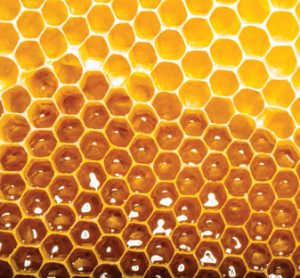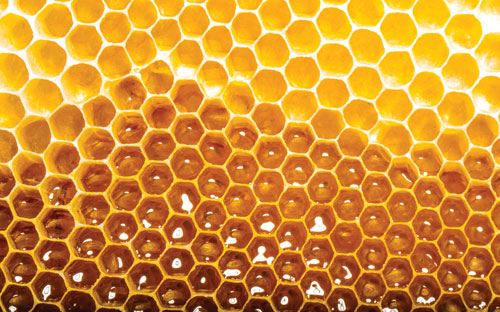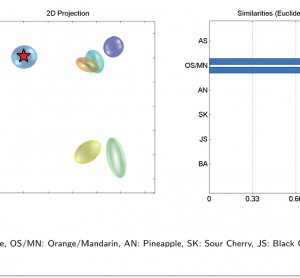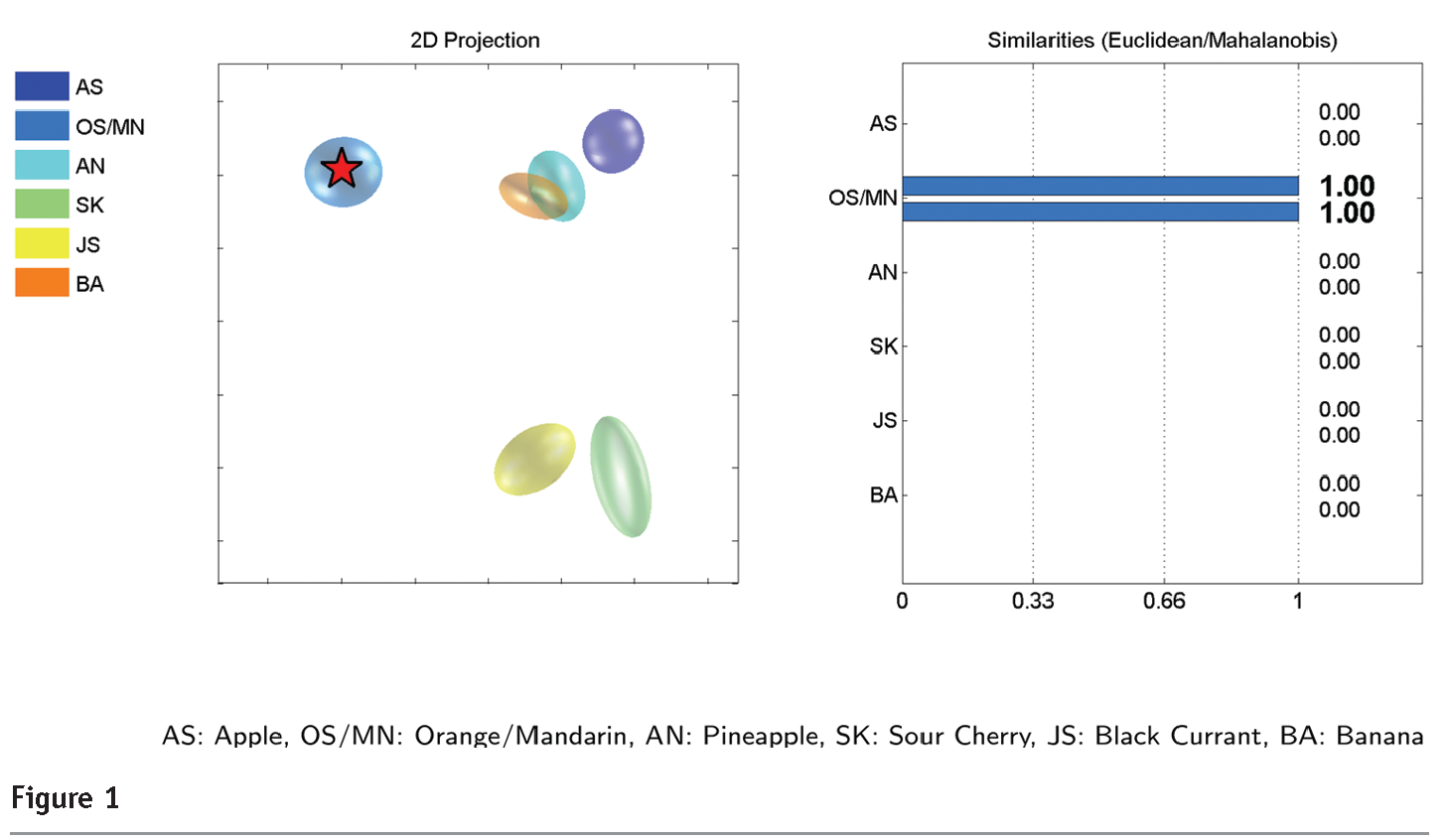Food fraud: Testing honey with NMR-profiling
9 December 2015 | By Stephan Schwarzinger, Felix Brauer and Paul Rösch, Research Center for Bio-Macromolecules, University Bayreuth, ALNuMed GmbH / Bernd Kämpf, FoodQS GmbH, Markt Erlbach
Honey – for thousands of years it has been the only source of sweet taste, and it still is the prototype of an all-natural, healthy food. In particular with the growing trends for organic food and a healthy life-style honey has enjoyed steadily increasing popularity. Unfortunately, while demand is on…







